Vikings isn’t the name of a civilization or nationality- it’s a profession
Contrary to popular belief, there was never a Viking kingdom or a Viking culture. That’s because Viking is a job description, not an ethnicity or nationality. A Viking, in essence, is anyone who goes raiding overseas, typically unprompted by a lord or without having to answer to any senior authority figure. If that sounds like a pirate, that’s because that’s exactly what it is.
Because of this, large scale invasions weren’t technically made up of Vikings, but of soldiers. And while the word was familiar to the people who suffered from frequent raids (Old English adopted the word as wicing, pronounced “witching”), it was still far more common to call these people Danes or Northmen.
Norse warriors didn’t have horns on their helmets
It’s unclear where the myth of horned helmets came from, though this is probably a case of historically illiterate people conflating different “barbarian” cultures, as such helmets were, in fact, attested to in the beginning of the Common Era among Celtic people. While adorned headwear is doubtlessly imposing, it’s not very practical, as horns and wings can get entangled in weapons or even worse- grabbed.
The typical Norse soldier didn’t wear armor
It was incredibly important that raiders be able to swim, and so, most Norse warriors didn’t wear any suit of mail and made do with padded cloth, a shield, and their helmet. If anything, the fact that they made a name for themselves as the fiercest warriors in Europe while having a distinct disadvantage in gear made them all the more formidable.
The Danes conquered England several times over
Since the disastrous sack of the holy isle of Lindisfarne in 793, Viking raids became a common nuisance in the North of England, but in 865, the nuisance became a plague, as a full-scale Norse invasion (known as the Great Heathen Army) washed over all of England, toppling all but one of the seven Saxon kingdoms. The last Saxon kingdom of Wessex was also nearly conquered and its king, Alfred the Great, was forced into hiding, but he managed to turn the tide and reclaim many of the conquered territories, becoming the sole king of the English.
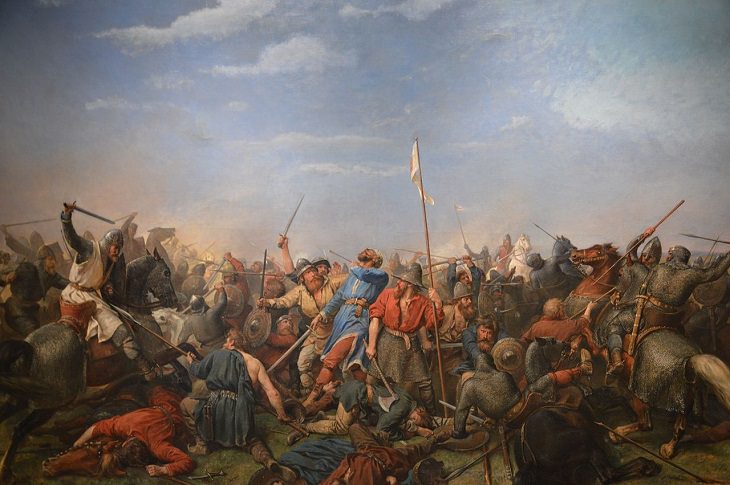
The Battle at Stamford Bridge, 1066
But even Alfred did not manage to reclaim all of England, and most of the North remained under Danish rule with a capital in York. This area was known at the time as the Danelaw. 124 years after Alfred’s victory, a descendant of Alfred’s by the name of Aethelred the Unready (not because he lacked preparation, but because of the ill counsel he received) decided the only way to be rid of the Danish threat to his kingdom was to cleanse the Danelaw of Danes.
The resulting genocide caused such wrath among the Norse that in 1004, a second great army (not strictly heathen this time around, as Christianity was quickly taking hold in Scandinavia) landed in England, and by 1013, England was utterly conquered and the Danish king Sweyn Forkbeard was crowned the king of England. His reign did not last long as he died merely five weeks afterward, but his son, Canute the great, managed to repeat the accomplishment in 1016. But the final invasion in 1066 was the most important, as it changed the course of British history forever, putting in place a new royal lineage.
Normandy means “land of the Norsemen”
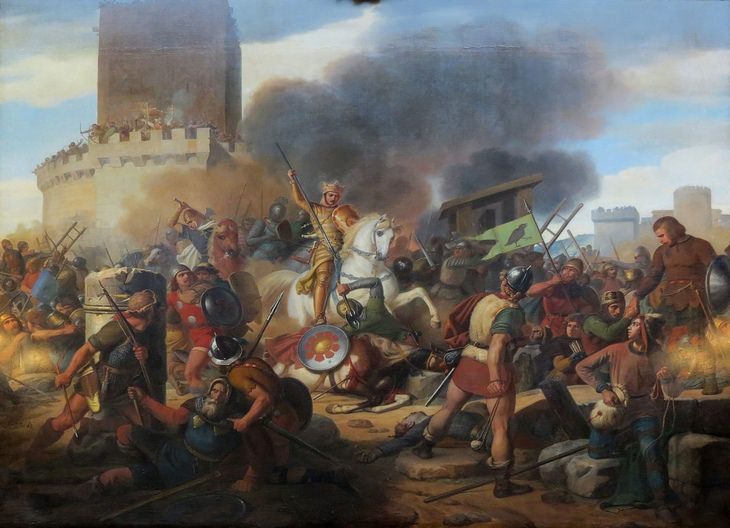
The Siege of Paris, 885
In the late 9th century, a great Danish army laid siege to Paris and were consequently bribed away by the Frankish king, but one of the Norse chieftains was given an even greater bribe: a kingdom of his own for the price of nominal fealty to the king, protection from further Danish assaults and a baptism. That chieftain, a man in named Hrolf (or, in Latin, Rollo) became the first duke of what was to become Normandy.

William the Conqueror, statue in Falaise, Normandy
Normandy was essentially an autonomous kingdom, with a majority-French population and a ruling class of Norsemen (or, put another way, “Normans”), who quickly adopted the language and many of the customs of their French neighbors, but in one thing they remained staunchly Norse: the Normans loved raiding, they loved maritime adventures and they loved conquest.
In 1066, William the Bastard, a great-great-great-grandson of Rollo, invaded England on Viking longships. The English, which had just barely managed to beat a different invasion by the king of Norway, could not stop William, and English history was changed forever.
Russia, Ukraine, and Belarus were founded by Norsemen
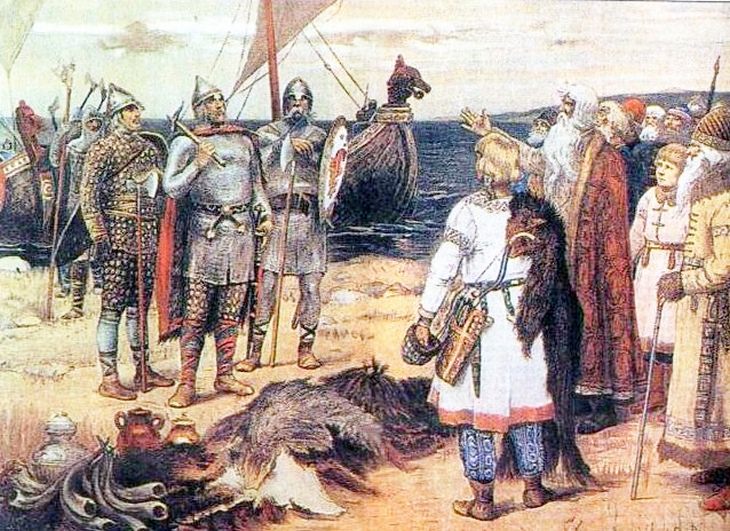
Rurik, first king of the Rus', meets the Slavs
Though the Vikings are most famous for pillage and destruction, that was not the only reason a Norseman sought adventure in far-off lands, as many went as traveling merchants or mercenaries. Some of these traveling Swedes consolidated local Slavic people in Eastern Europe, setting up fortified towns and trading posts and ruling over the emergent kingdoms as monarchs.
These Swedes were known as Rus’, from a Norse word which meant “row-men”, referencing their favorite mode of travel along the rivers. They established several different principalities with a capital based in Kiev. These principalities would later form the basis for the modern-day countries of Ukraine, Russia (“land of the Rus’”) and Belarus (“the White Rus’”).

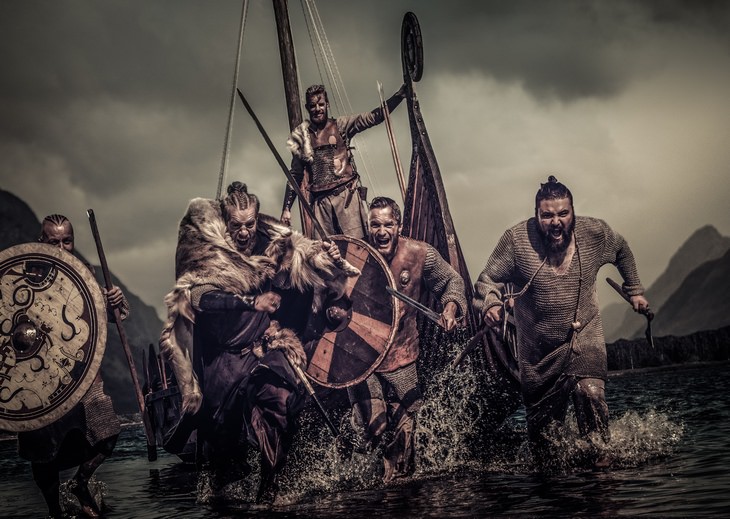
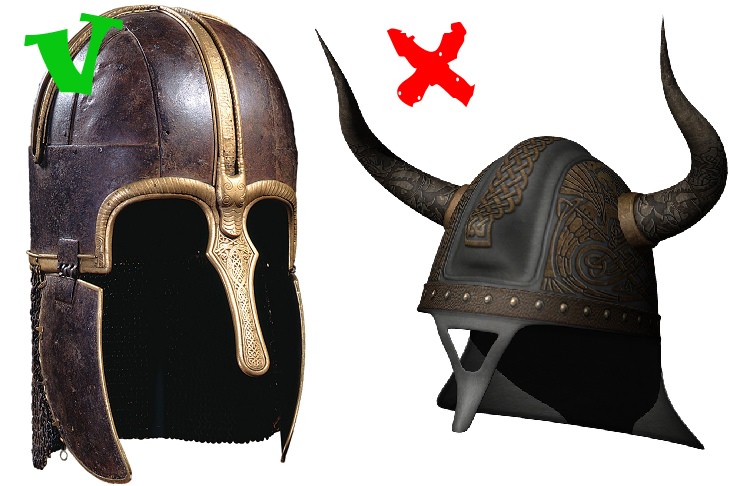
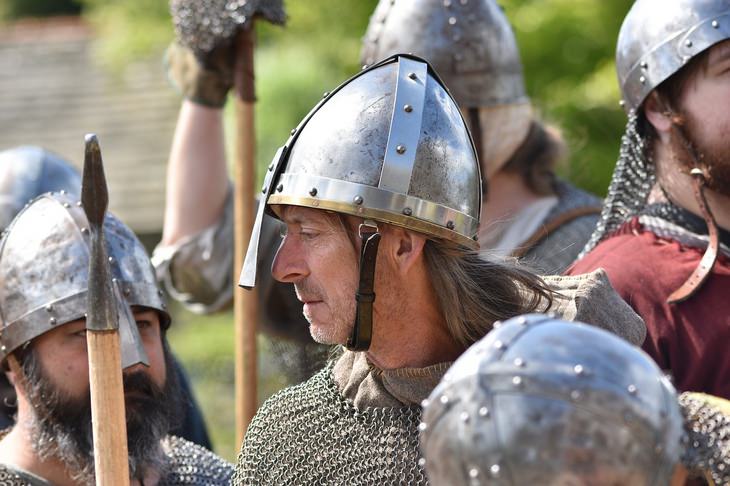
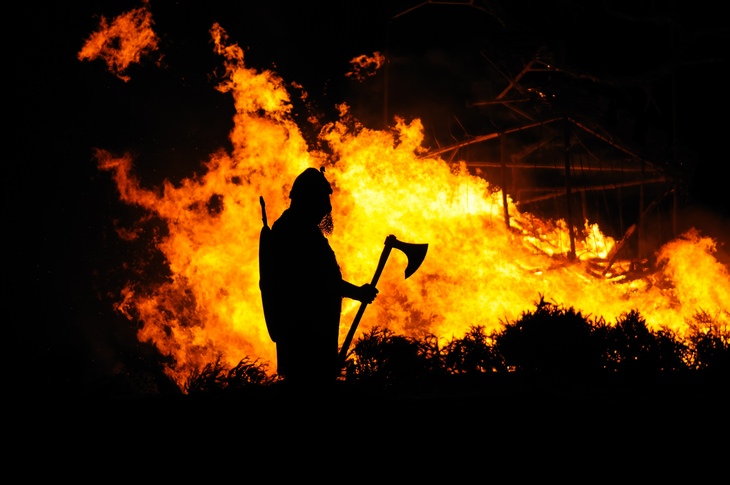
 The Battle at Stamford Bridge, 1066
The Battle at Stamford Bridge, 1066 The Siege of Paris, 885
The Siege of Paris, 885 William the Conqueror, statue in Falaise, Normandy
William the Conqueror, statue in Falaise, Normandy Rurik, first king of the Rus', meets the Slavs
Rurik, first king of the Rus', meets the Slavs